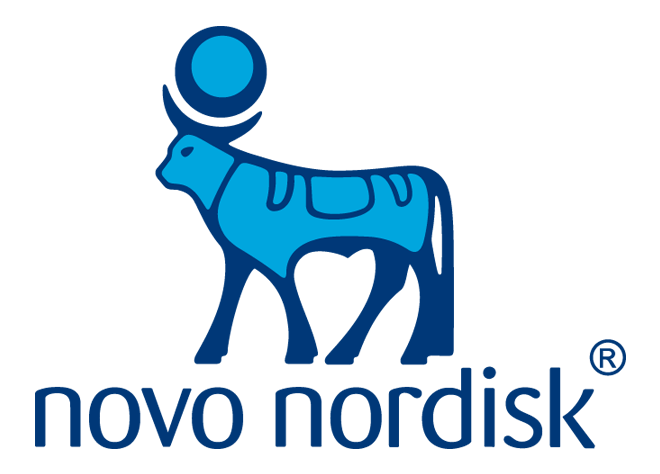Nutrition and Diabetes: It’s all on the label
By Novo Nordisk
You can make food choices that help keep your blood sugar levels within an acceptable range every day. These decisions can help you with your meal planning and overall diabetes management.
Don't let nutrition labels confuse you. The numbers you see on most food labels are based on a 2,000 calorie-a-day diet. Depending on your age, health status, activity level, and if you’re male or female, and your activity level, you may need less or more than 2,000 calories a day.
Always check with your health care provider or diabetes care team if you are changing what you eat. Ask how many calories you should have a day, and try to stick to it. Together, you can better manage your diabetes!
How to read food labels
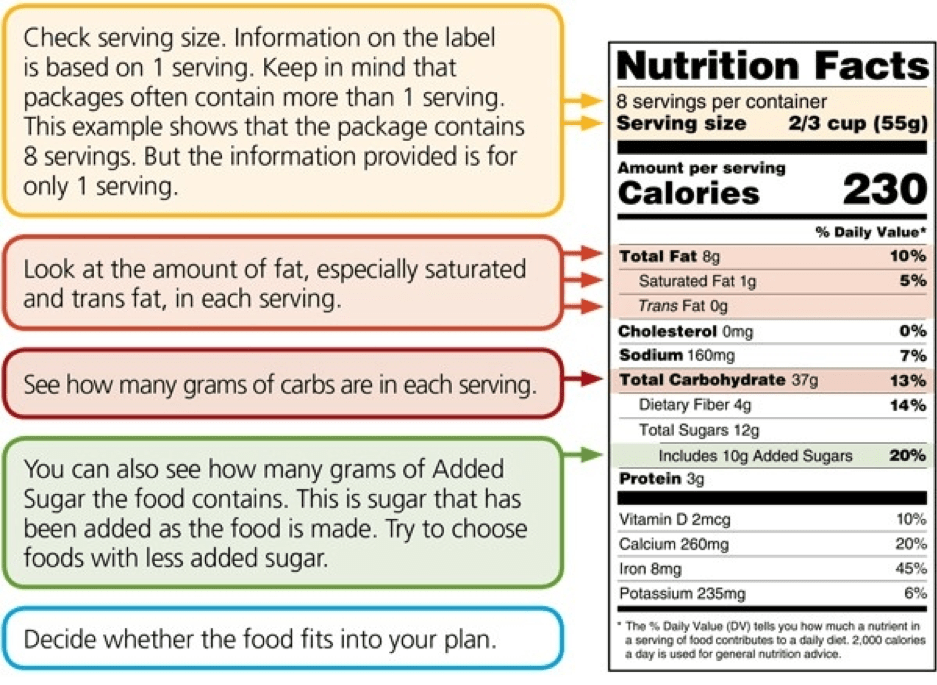
Check your serving sizes
There is often more than one serving contained in a food package. Read the serving size and compare it with the total number of servings in the package. For instance, a whole bag of chips may be 4 to 5 total servings. That means it would be 4 to 5 times the calories, fat, carbohydrates, and other contents listed on the label. Also, compare serving sizes listed on the food label to the ones in your diabetes meal plan. They may not be the same.
Cornerstones4Care®Sign up today for tools that can help you build a personal nutrition plan.
Find the carbohydrates (or carbs)
For foods that come in packages, the best place to find the carb count is on the Nutrition Facts label. The total grams of carbohydrates on the label are the key to carb counting. Don’t worry about counting the sugar and fiber grams. They are included in the total carbohydrate number.
Check the serving size. Information on the label is based on the serving size. Keep in mind that packages often contain more than 1 serving. See how many grams of carbs are in each serving. Then decide whether the food fits into your meal plan.
Estimate serving sizes
When you cook, you should measure your food with a food scale or with measuring cups and spoons. Ask your diabetes care team for instructions on how to measure the food in your meal plan.
When you’re dining out or if you don’t have measuring cups or scales with you, you can use your hand. It’s not exact, but it may help you choose servings. Estimating this way is only for occasions when you don’t have access to accurate measuring tools.
Here are some quick ways to measure, if you don’t
have a scale.
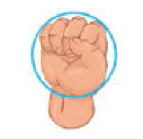
Your fist is about 1 cup.
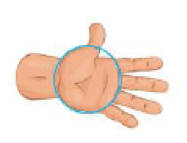
Your palm is about 3 ounces.
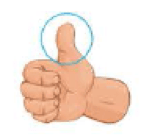
Your thumb tip is about 1 tablespoon.
Your fingertip is about 1 teaspoon.
